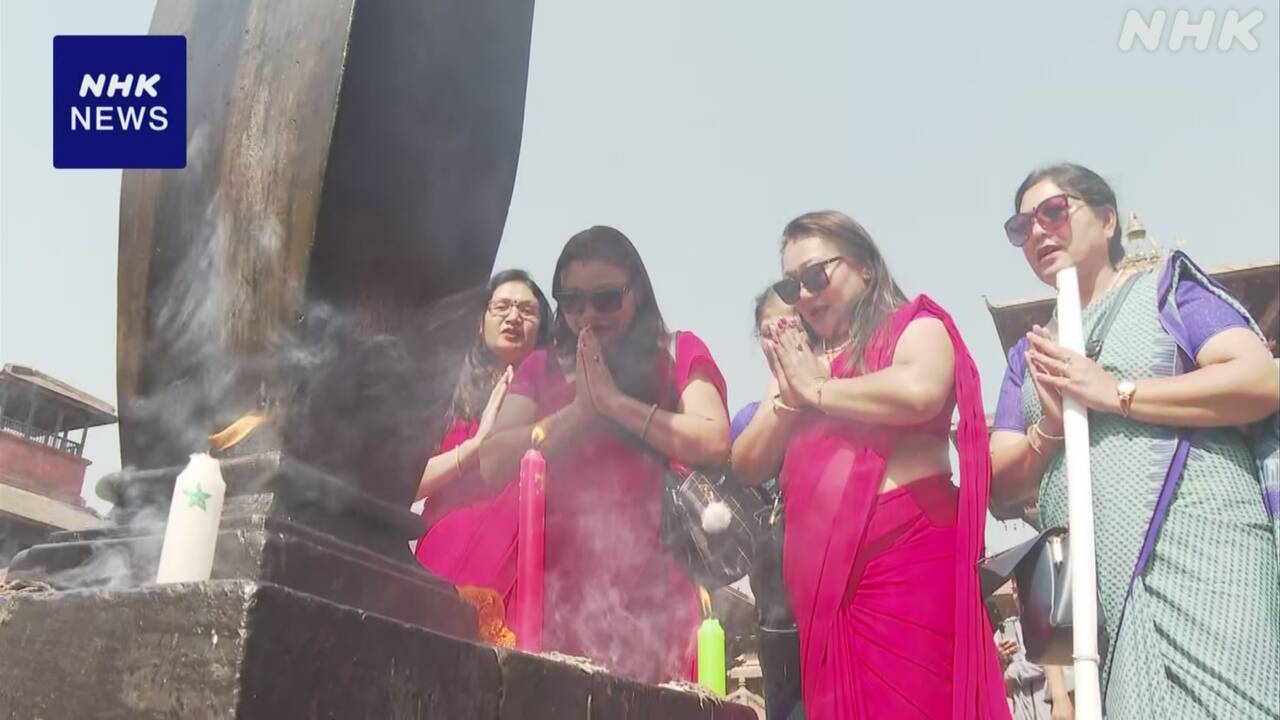Nepal Earthquake: A Decade of Reconstruction – Progress, Challenges, and the Road Ahead
Ten years ago, a devastating earthquake shook Nepal, claiming thousands of lives and leaving a trail of destruction in its wake. The 2015 Gorkha earthquake, measuring 7.8 on the Richter scale, remains a stark reminder of the fragility of life and the immense challenges of post-disaster recovery. This article examines the progress made in Nepal's reconstruction efforts over the past decade, the obstacles encountered, and the path forward for building a more resilient future.
The Scars Remain: Assessing the Damage
The earthquake's impact was catastrophic. Thousands of homes were reduced to rubble, vital infrastructure was crippled, and UNESCO World Heritage sites suffered significant damage. The immediate aftermath was characterized by a desperate scramble for aid, highlighting the vulnerability of Nepal's existing infrastructure and disaster preparedness systems. Key areas affected included:
- Kathmandu Valley: The densely populated Kathmandu Valley bore the brunt of the earthquake, with widespread damage to historical sites and residential areas.
- Rural Communities: Remote mountain villages suffered immense losses, with access to aid and relief hampered by damaged roads and treacherous terrain.
- Cultural Heritage: Numerous ancient temples, stupas, and palaces sustained irreparable damage, representing a significant loss to Nepal's cultural heritage.
A Decade of Reconstruction: Progress and Setbacks
Nepal's reconstruction journey has been a complex and often frustrating process. While significant strides have been made, numerous challenges have persistently hampered progress.
Successes:
- Housing Reconstruction: Millions of homes have been rebuilt or repaired, thanks to government initiatives and international aid. However, the pace of reconstruction varied considerably across different regions.
- Infrastructure Development: Investments have been made in upgrading roads, bridges, and other critical infrastructure, enhancing connectivity and resilience.
- Improved Disaster Preparedness: The earthquake prompted a renewed focus on disaster preparedness, with improvements in early warning systems and community-based disaster response mechanisms.
Obstacles:
- Bureaucracy and Corruption: Lengthy bureaucratic procedures and allegations of corruption hampered the efficient allocation and distribution of funds, delaying reconstruction efforts.
- Political Instability: Frequent changes in government and political instability further complicated the already challenging reconstruction process.
- Funding Gaps: Despite significant international aid, substantial funding gaps persisted, delaying crucial projects and hindering comprehensive recovery.
- Geographical Challenges: The mountainous terrain of Nepal posed significant logistical challenges, particularly in reaching remote and isolated communities.
The Path Forward: Building a Resilient Nepal
Looking ahead, Nepal needs a sustained and comprehensive approach to ensure long-term resilience. This includes:
- Strengthening Governance and Transparency: Implementing robust anti-corruption measures and streamlining bureaucratic processes are crucial for efficient resource allocation.
- Investing in Infrastructure Resilience: Building earthquake-resistant infrastructure is paramount to minimizing future damage and ensuring the safety of citizens.
- Community Engagement and Empowerment: Local communities must be actively involved in the planning and implementation of reconstruction efforts to ensure sustainable outcomes.
- Climate Change Adaptation: Integrating climate change considerations into reconstruction plans is crucial given Nepal's vulnerability to natural disasters exacerbated by climate change.
Conclusion: A Long Road to Recovery
The Nepal earthquake's impact extends far beyond the immediate destruction. The reconstruction journey has highlighted the need for robust governance, effective disaster preparedness, and community participation. While significant progress has been made, much work remains to build a more resilient and prosperous Nepal. Continued international support, coupled with strong domestic policies and community engagement, will be critical in ensuring a future where Nepal is better equipped to withstand future shocks.
Keywords: Nepal earthquake, 2015 Gorkha earthquake, Nepal reconstruction, disaster recovery, earthquake resilience, Nepal infrastructure, post-disaster recovery, Nepal aid, UNESCO World Heritage, Kathmandu, mountain communities, corruption, political instability, climate change adaptation.
